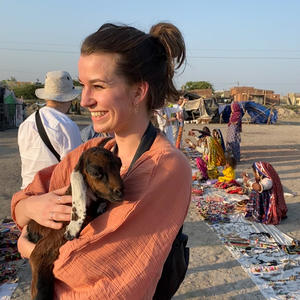Gujarat, in the northwest of India, is a state that receives far fewer visitors than popular Rajasthan but has just as much to offer the inquisitive traveller. Known for its incredible textiles and diverse ethnic groups, Gujarat's appeal - like most places in India - can really be found in its wonderfully hospitable people. But the state also boasts a dazzling array of landscapes like the Great Rann of Kutch, a range of different arts and crafts and some more offbeat, unique experiences. Here, we've summed up the best things to do while you're in Gujarat.
Stay in a heritage home
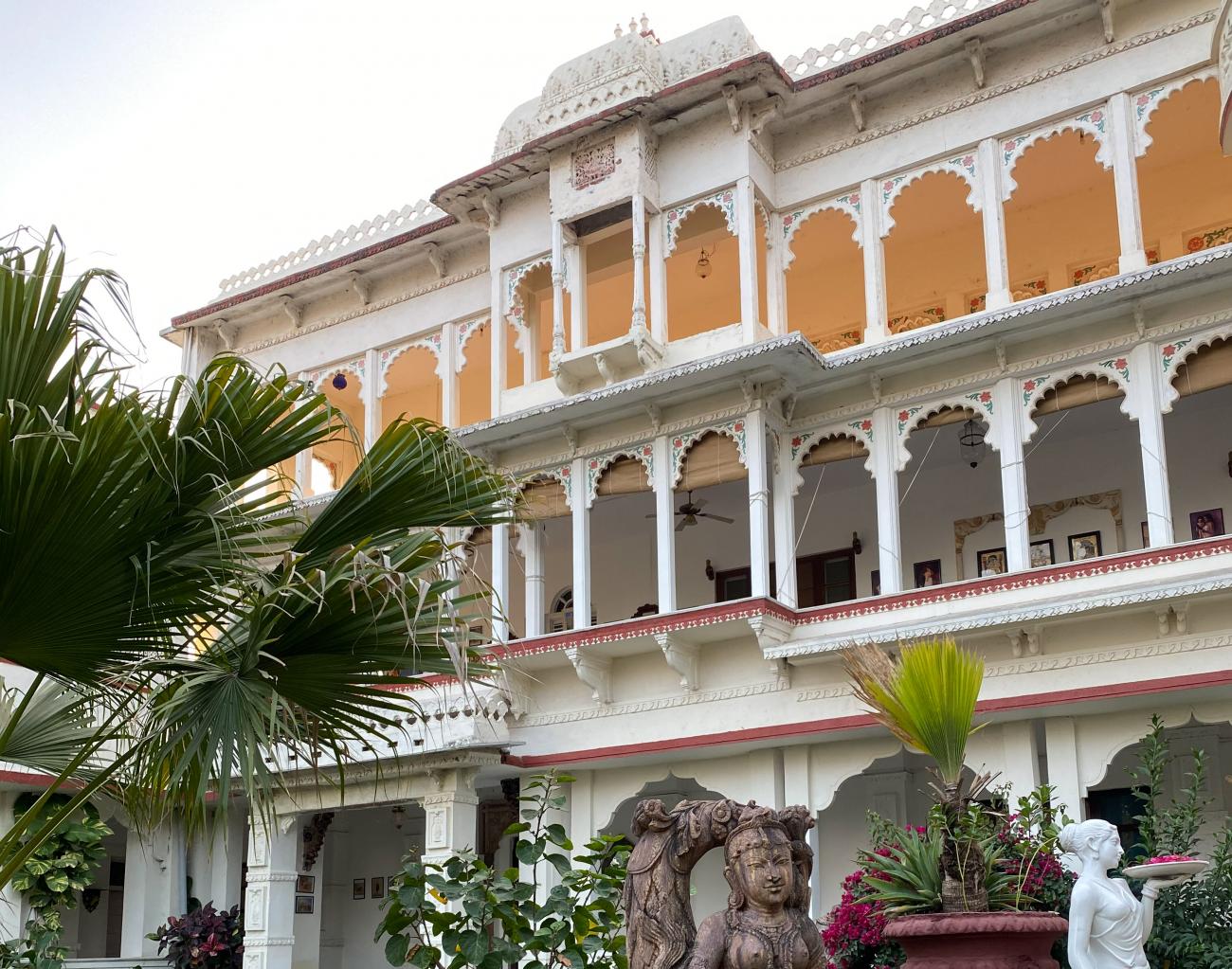
There’s something about staying in a heritage home that makes you feel like you've just been transported through time itself. Sometimes even another world altogether. You could be driving through a bustling town or market area, where the chaotic din of daily life pulls your attention in every direction when suddenly you’re walking under a flowered archway into the serene gardens of a picturesque heritage home. Chirping birds and rustling leaves replace the motorbike horns and revving engines you're sure are no more than 20 meters away.
These old colonial buildings are bursting at the seams with charm, often dotted with antiques, lattice windows, heavy wooden doors, vintage decor and walls that no doubt hold a thousand stories. India can be chaotic - it’s what makes it so enthralling. But amongst it all, there permeates a sense of peace no matter how frenzied it appears. A stay in a heritage home really encapsulates that juxtaposition and provides a wonderful setting in which to gather one's thoughts and wind down for the evening. It's really quite romantic.
Visit the Great Rann of Kutch
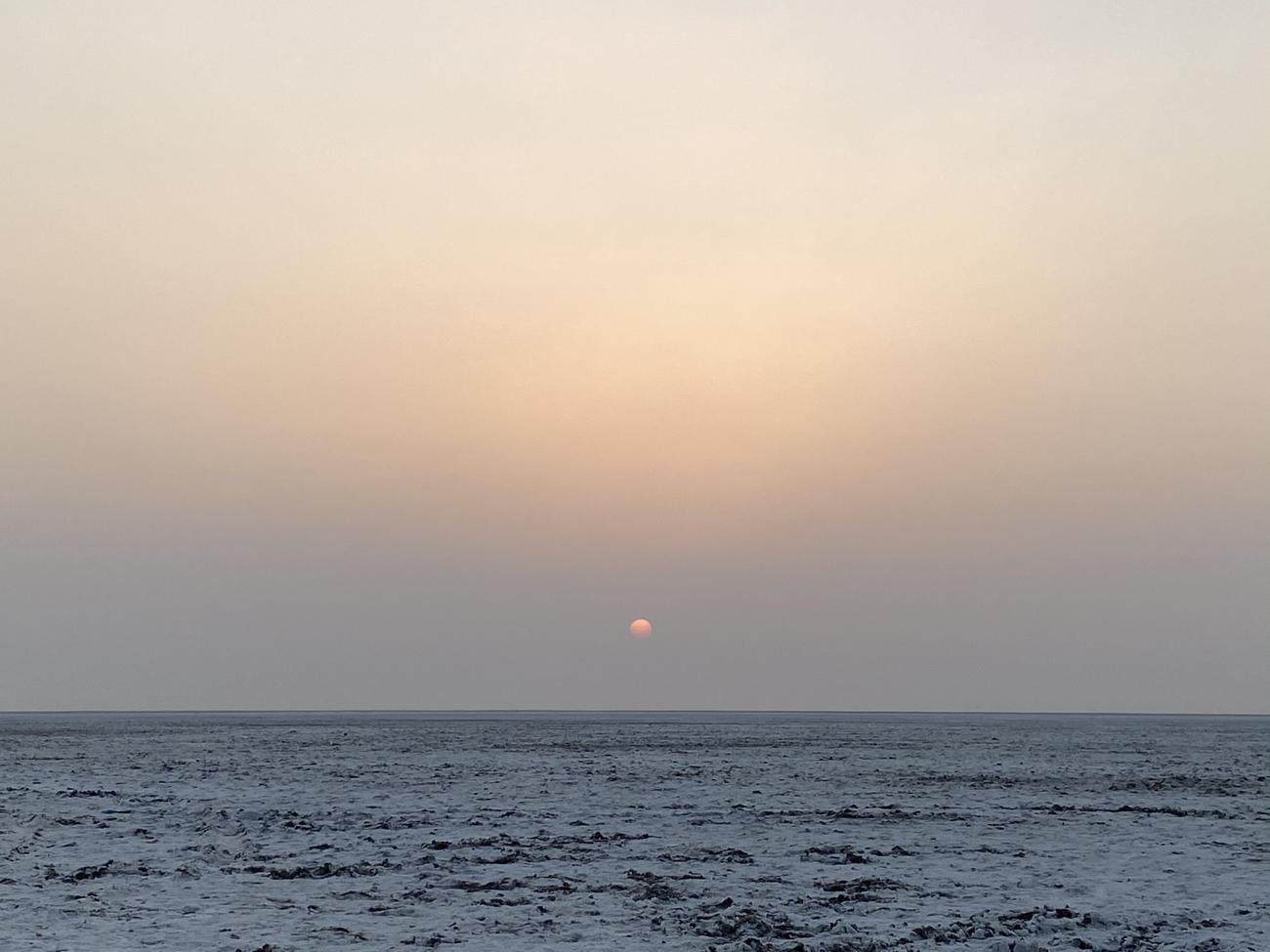
It's easy to pretend that you've landed on another planet when you arrive at the bizarre landscape of the Great Rann of Kutch. Located in the Thar desert, the marsh fills up with rainwater during the monsoon season but once it evaporates, it leaves behind salt flats as far as the eye can see. Walking across it feels like crunching through snow, except against the horizon you see a lumbering camel adorned with colourful pom-poms and tassels...not something you'd expect of a winter wonderland.
But winter is a good time to visit, especially if you stick around for sunset when the whole sky is brushed with pastel colours and the sun burns a bright orange as it descends. It’s otherworldly, peaceful and a complete contrast to most of the landscapes you’ll see in India.
Get up close to the arts and crafts of the region

Gujarat is famous for its exquisite textiles and you’ll soon see why. The intricate, colourful designs come in a huge variety of embroidery patterns that are each unique to the different ethnic groups in the region.
Whether you are interested in textiles or not, it's fascinating to see the sheer skill that goes into every creation. Visit Shrujan Museum to get behind the scenes and witness the process, diversity of style and in-depth details about the different ethnic groups. Each popular motif reveals its own story and meaning. You'll get to see a range of traditional garments for every occasion and understand the evolution of their function.
The region abounds in different arts and crafts like Ajrak block printing, Karad weaving, Rogan painting, woodcraft and pottery. Quite often these skills are practised by one or two families and you can visit these experts to see them hard at work demonstrating their craft. Watching them paint free-hand is particularly mesmerising - you’ll wonder how they have the patience and dedication to make such beautifully detailed works of art with an almost nonchalant but ever-precise flick of their wrist.
Embrace the wildlife
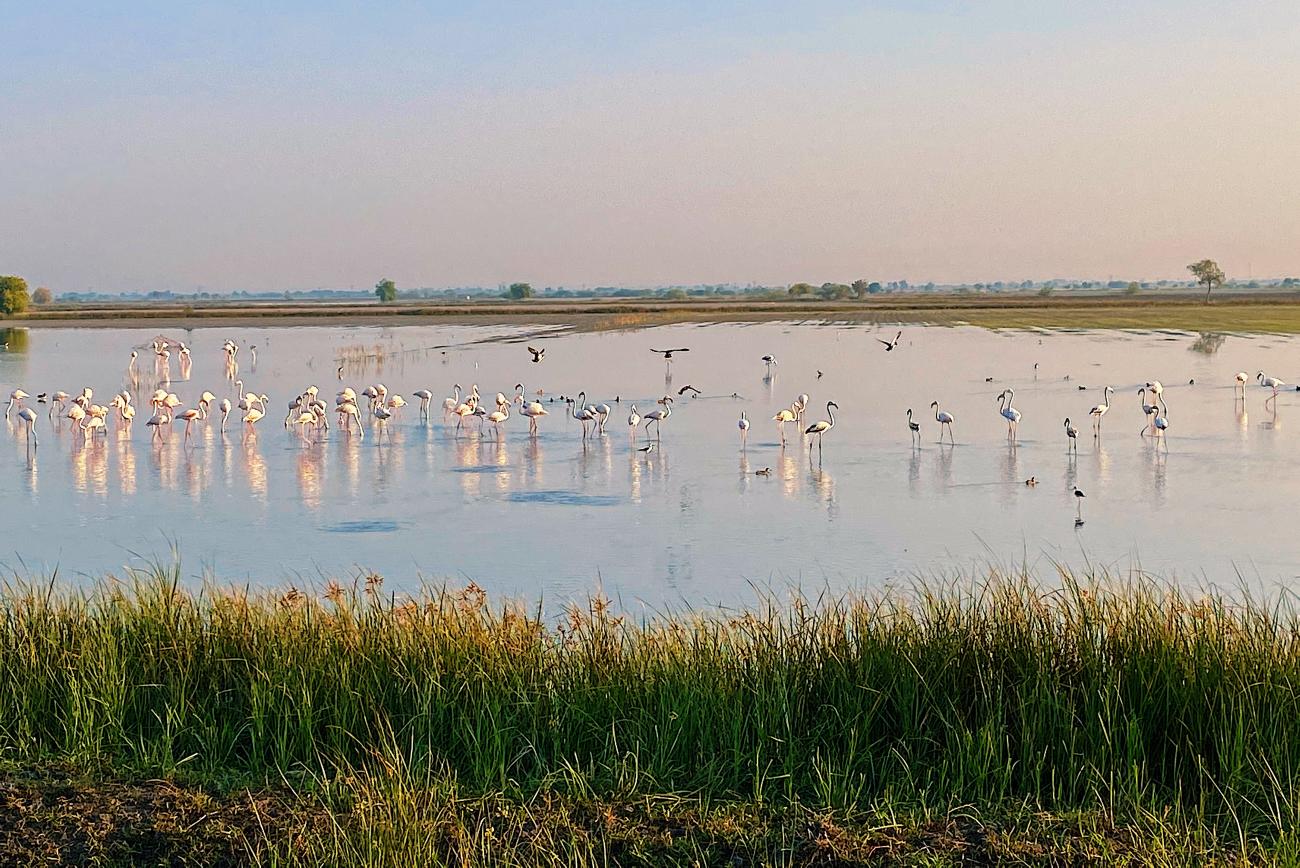
As if the landscapes and the people of India weren't captivating enough, there's plenty of wildlife to keep you on your toes.
OK, so you won't be spotting tigers or elephants out in Gujarat but be sure to keep your eyes peeled for some of India's more underrated fauna. You don't even need to be an avid bird-watcher to appreciate the plethora of feathered friends the state boasts. Seeing flocks of flamingos standing one-legged in a mirrored lake was quite an ethereal sight, but the suspense of watching a kingfisher diving for dinner in a nearby stream was truly enthralling, even for an amateur like myself. We also saw egrets, cranes, drongos, an owl and of course, plenty of peacocks.
The Rann of Kutch is also home to some rather unexpected locals. Take the jeep on a safari to the arid deserts - where it looks like anything would struggle to survive - to visit the Wild Ass Sanctuary to see the Indian Wild Ass. They’re now only found in this protected area but once ambled across all of north-west India, as well as Pakistan and Iran.
Visit temples and mosques
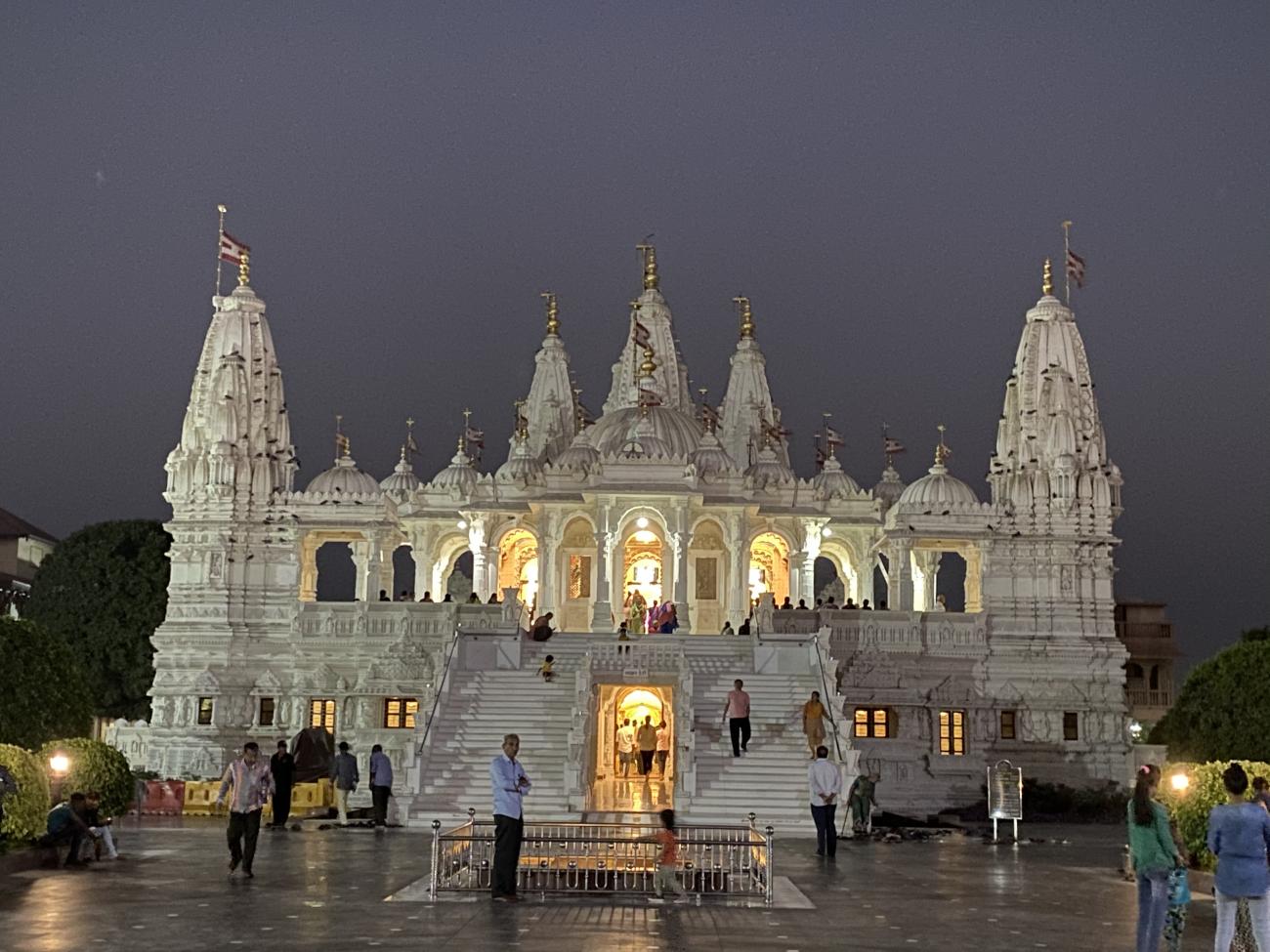
Jain temples, Hindu temples, mosques - the great thing about India is that so many religions live side by side as evidenced by the proximity of its numerous Holy monuments. Interestingly, the detailed architecture of these places of worship reveals influences from other religions. So you’ll recognise Islamic domes and arches in temples and Hindu-influenced open lotus flower designs in mosques - spotting these subtle nuances is half the fun!
The other half is just enjoying the peaceful ambience when it's quiet and empty of worshippers, and then when they come, relishing in the energy emanating from the drum beats and rhythmic chanting as you ebb and flow with the congregation. People always seemed keen to welcome you into these ceremonies and explain certain practices. A particular highlight was participating in an evening aarti, where we sang with devotees and passed hands over a candle flame to receive the deity's blessings.
Brave the uphill pilgrimage of 3500 steps on Satrunjaya hill and you’ll be rewarded with Palitana's impressive Jain temple complex consisting of more than 900 marble temples. Considered the most sacred pilgrimage site in the Jain community, the construction of the temples took roughly 900 years to complete. Enter the lesser-visited site by taking the right turn when you reach the fork in the path. It’s quieter and the view over the main temple site sitting amongst the clouds is staggering.
Witness a dhow being built
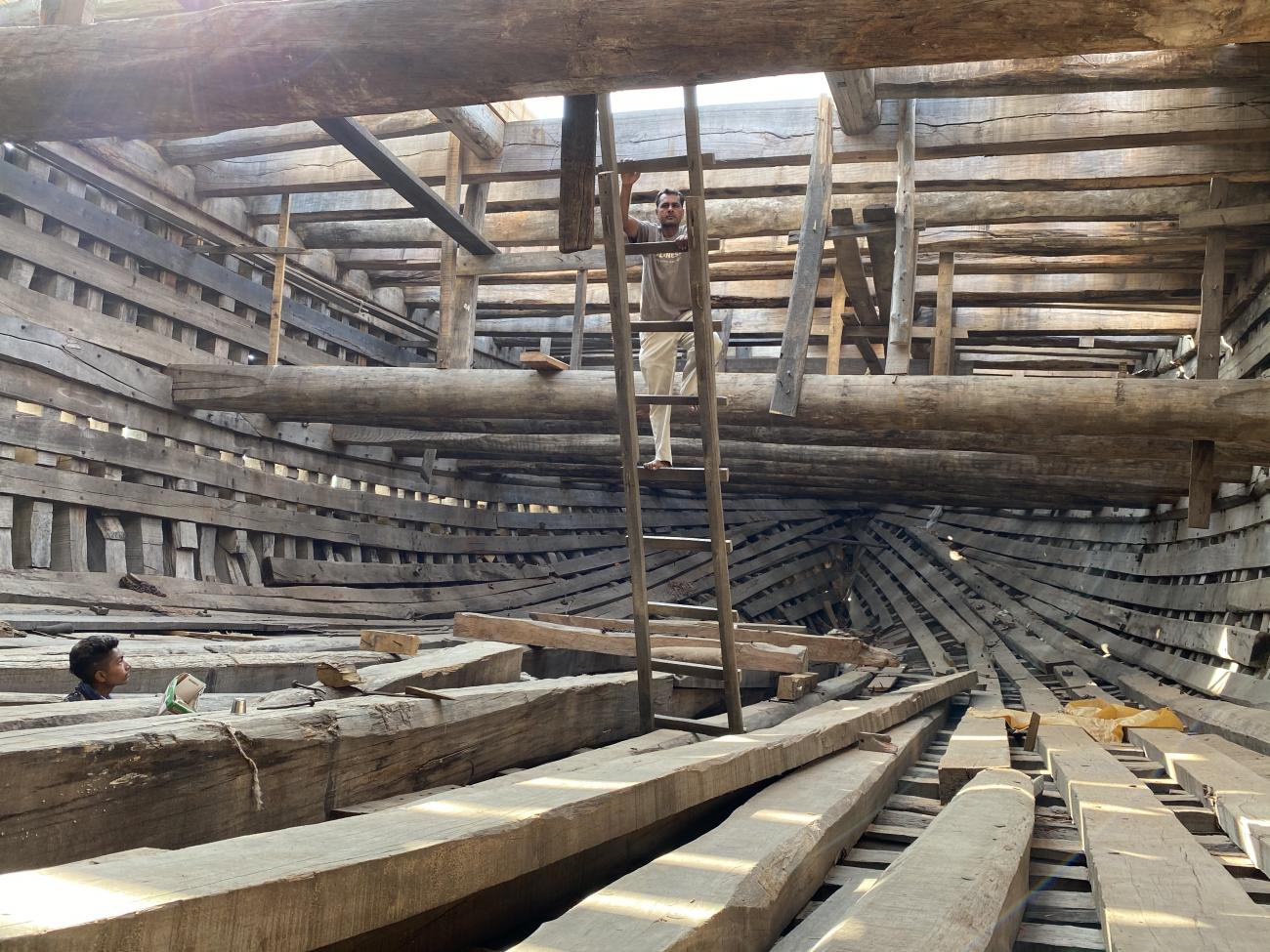
It won’t take very long to wander around Mandvi’s dhow building yard but it is worth a visit. Seeing the skeletons of these immense boats lining the river from a distance, it would be impossible to tell whether they were being dismantled or built anew. The 400-year-old tradition of building these cargo dhows is on the decline and some of the ships will sit partially constructed for months as funding runs out, but it's truly mind-blowing to discover that these gargantuan ships are man-made by hand.
It all begins with a single beam of sal wood that makes up the base of the ship's hull. The planks that form the ship's body are gently bent into shape over a fire. The craftsmen that build these dhows don’t even refer to a blueprint, let alone use complex machinery. To make it water-tight, the gaps are stuffed with cotton dipped in fish oil. Climbing up into the belly of a 50+ meter long dhow with a capacity of up to 2,000 tonnes, it’s hard to comprehend that a wooden beast of that magnitude would one day be fit to float on water. It’s a truly impressive feat.
